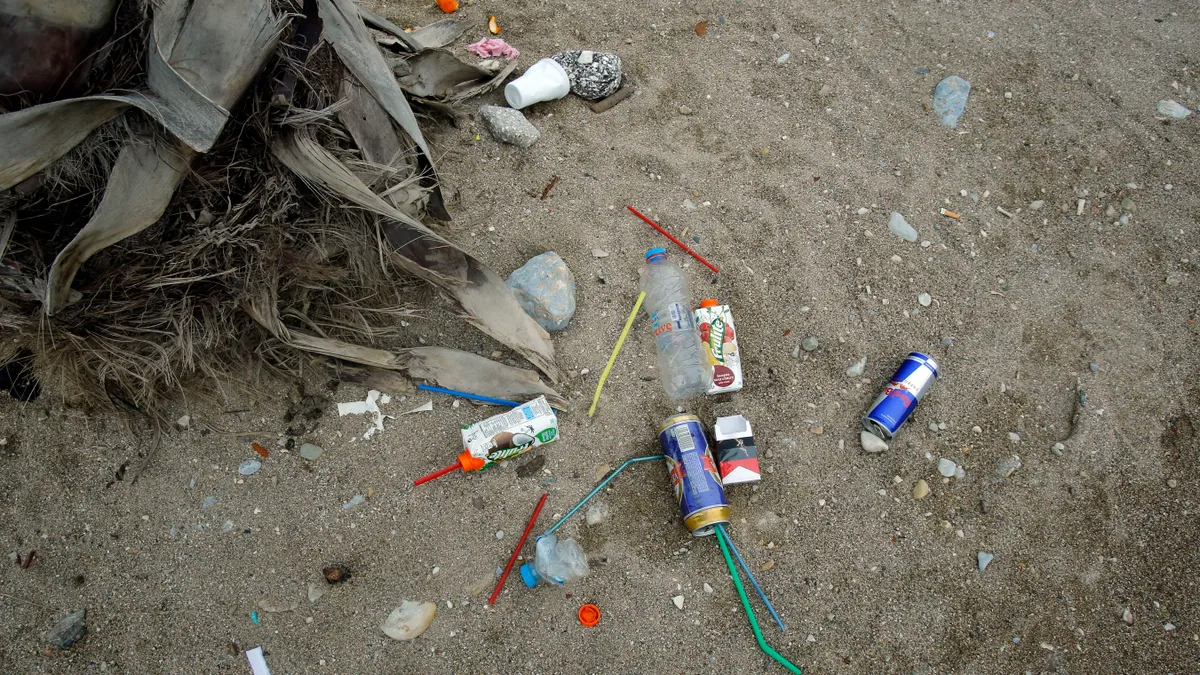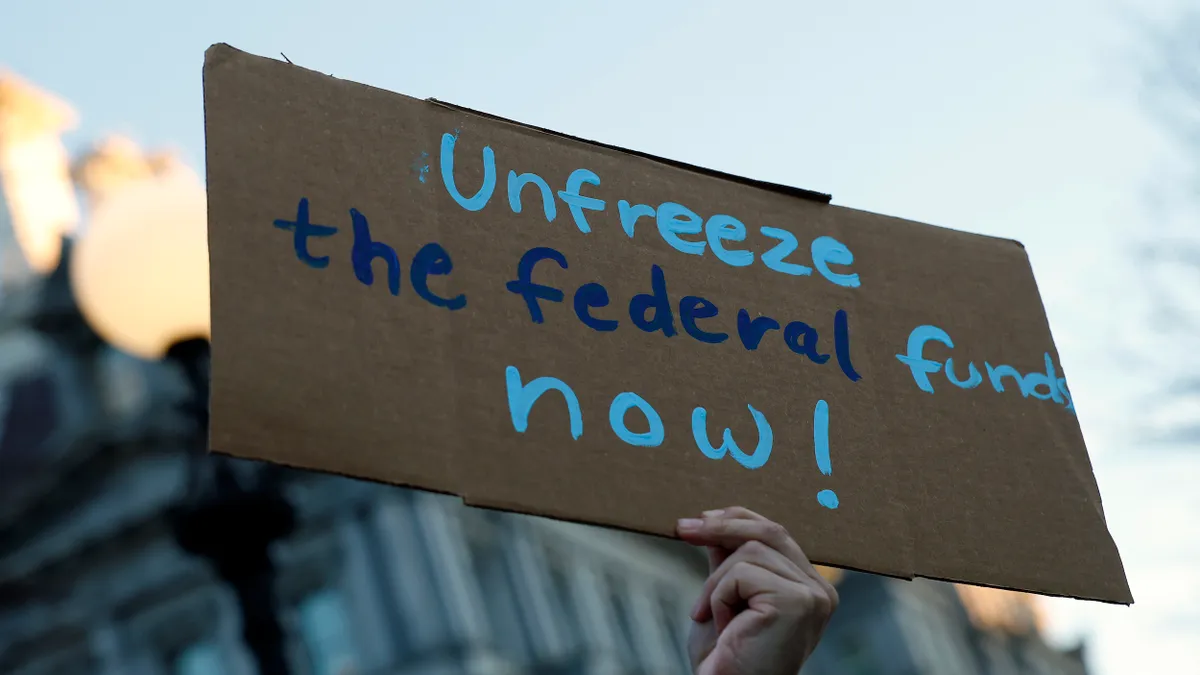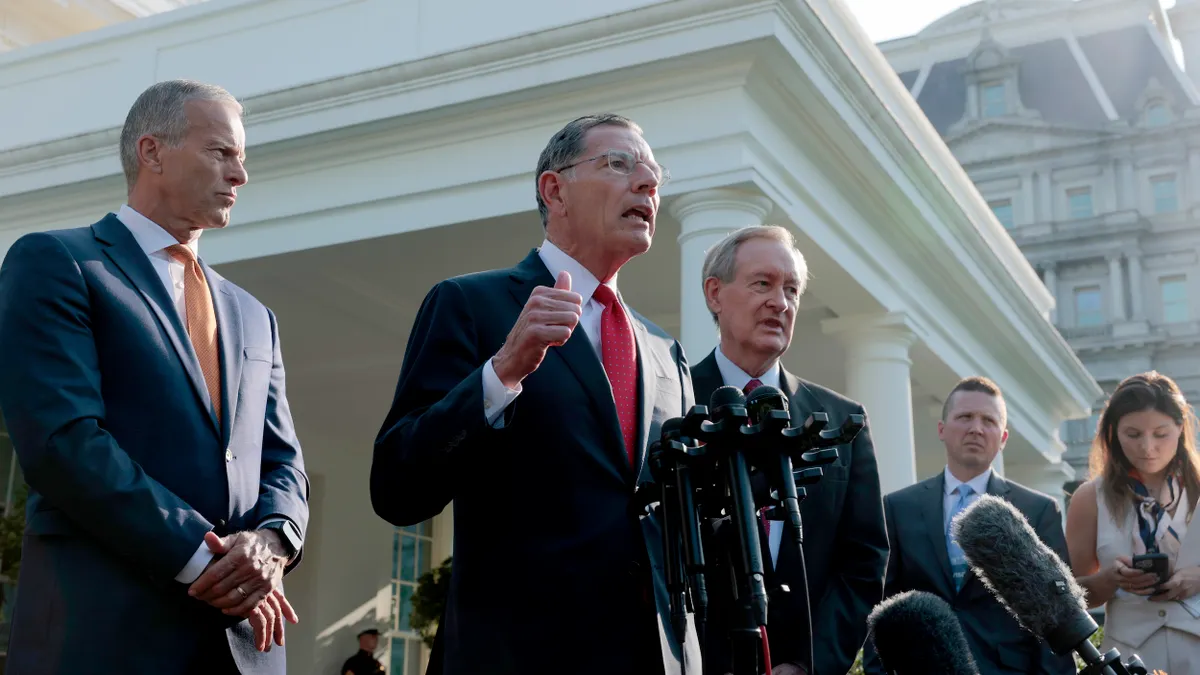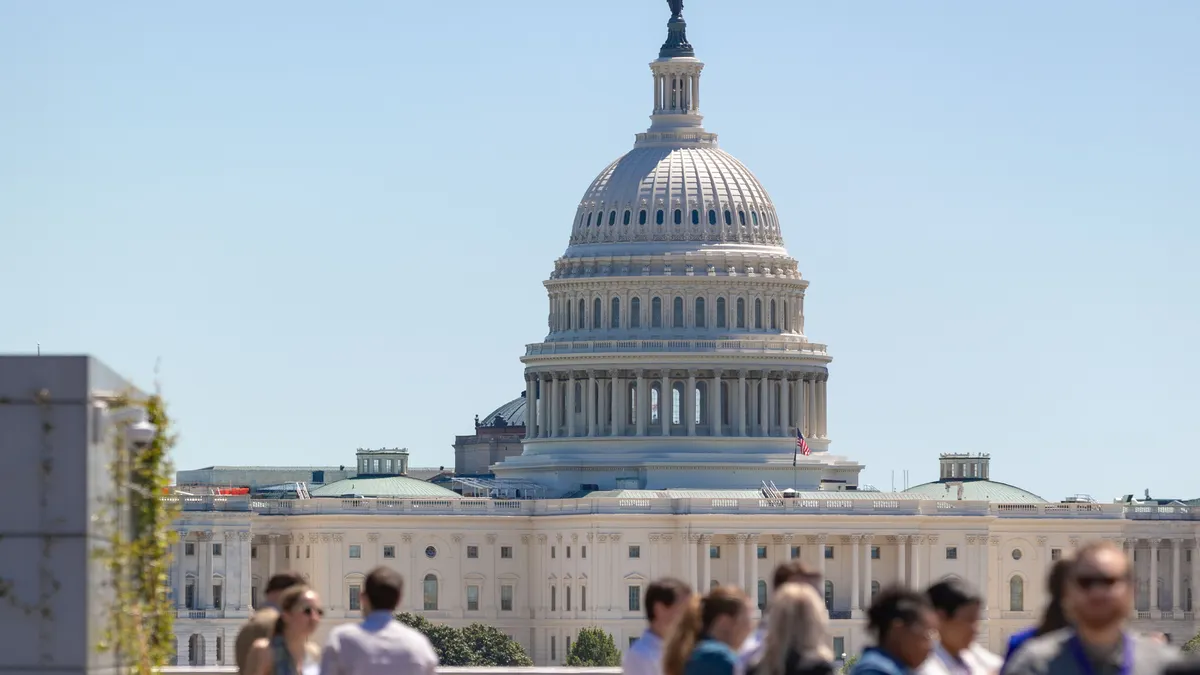Some of the world’s best-known brand owners were recently put on blast when findings from a cross-continental litter survey suggested that Coca-Cola Co., PepsiCo, Nestlé, Danone and Altria are the top sources of branded plastic waste found in the environment.
Published in Science Advances, study authors said that a lack of clarity around plastic pollution’s sources and producers is a barrier to addressing the issue. “Although this research field is growing, a peer-reviewed strategy for robustly standardizing audit event data does not yet exist,” authors wrote.
These efforts documented nearly 1.9 million documented plastic items, with branded and unbranded items each accounting for about half of the total. Therein lies part of the challenge, which authors said highlights “the need for better transparency about production and labeling of plastic products and packaging to enhance traceability and accountability.” The study focused on plastic specifically.
Coca-Cola was identified as the source of 11% of all branded plastic found. It was followed by PepsiCo (5%), Nestlé (3%), Danone (3%) and Altria (2%)
Environmental law experts and advocates say this type of data from litter audits is poised to be influential going forward in legal and policy settings, including potentially in the development of extended producer responsibility programs and a global plastics agreement.
One high-profile example from the last year was when New York Attorney General Letitia James sued PepsiCo for allegedly “harming the public and the environment with its single-use plastic packaging,” citing single-use plastic collection data along the Buffalo River. Buffalo Niagara Waterkeeper, a local nonprofit, said it had coordinated shoreline sweeps for years and was “pleased to be able to contribute citizen science data.” PepsiCo filed a motion in February to dismiss the case.
Beyond Plastics and others called it a “pioneering lawsuit.” A group of environmental organizations wrote in a December letter to James’ office that they hoped other state AGs would replicate the approach.
It’s possible that the greatest impacts from that type of lawsuit would be indirect. Generally speaking, regardless of the outcome, litigation helps make information public, experts at the Environmental Law Institute noted. And litigation and public accountability can play into policy.
“The transparency issue here is really becoming more acknowledged and more paramount to being able to address the problems. So to the extent that this information is directly related to producers ... that type of information is just going to become more prevalent,” said Cecilia Diedrich, a staff attorney with ELI.
Cases involving litter data might reflect different legal strategies, including invoking public health protections or addressing labeling issues, according to ELI. In the New York case, the state alleged that PepsiCo’s packaging “fails to warn the public or consumers of its potential to contribute to plastic pollution in waterways and fails to warn the public or consumers of the potential harms caused by its packaging.”
But for PepsiCo’s part, its attorneys wrote in a February court filing that “PepsiCo has no duty — much less an ability— to stop unknown individuals from littering in the Buffalo River.”
These litter findings could also support development of deposit return policy, said environmental attorney Kirstie Pecci, who serves as executive director of Just Zero, a national nonprofit focused on implementing zero waste solutions.
“I would not discount this kind of data,” Pecci said. “I would think of this broad category of nuisance data is really strong, actually.” However, the onus shouldn’t fall on everyday people to collect it, she explained, as was the case with the recently published worldwide litter survey study. Researchers analyzed five years of data from the Break Free From Plastic Brand Audit, a volunteer-supported surveying effort. Rather, producers should be required to report more data around their plastics, Pecci said.
The study’s authors themselves ultimately recommended that international standards around the branding of packaging be developed in order to facilitate their identification. They also said findings support source-reduction policy.
“The strong linear relationship between plastic production and branded plastic pollution, across geographies and widely varying waste management systems, suggests that reduced plastic production is a primary solution to curb plastic pollution. Producer brand managers and policymakers should prioritize solutions that reduce plastic production,” authors wrote.




















